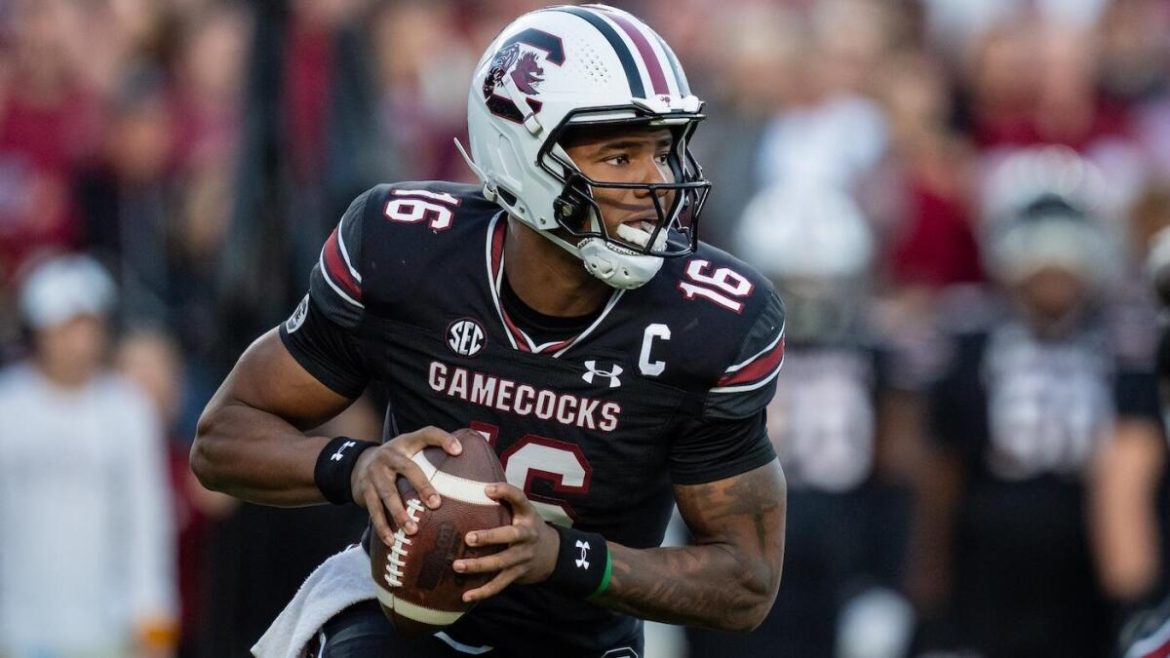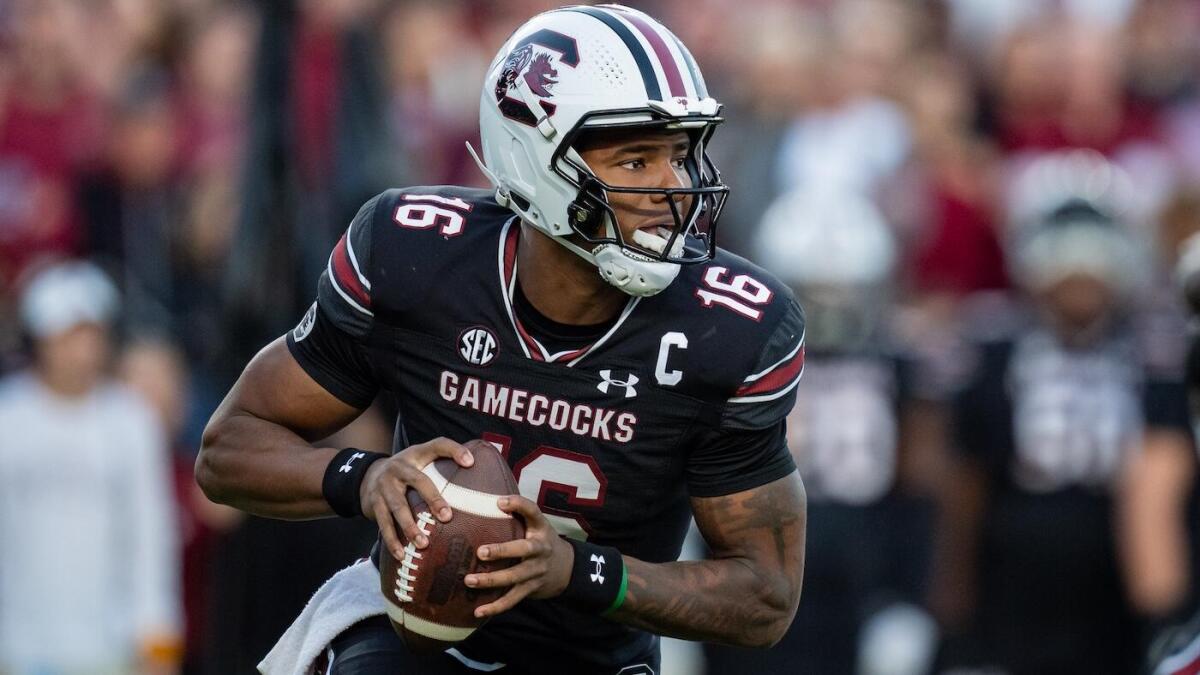LaNorris Sellers’ $8 Million NIL Transfer Offer: Commitment, Controversy, and the Evolution of College Football
The realm of college football is increasingly influenced by name, image, and likeness (NIL) deals, transforming the traditional landscape of amateur athletics into a complex marketplace. At the heart of one of the most compelling narratives is South Carolina’s rising star quarterback, LaNorris Sellers, whose decision to reject an $8 million NIL offer to transfer away from the Gamecocks has sparked widespread discussion and debate. This report delves into the details and implications of Sellers’ decision, the nature of NIL in college sports, and its broader impact on athlete loyalty and program dynamics.
—
The Context: LaNorris Sellers and the $8 Million Offer
LaNorris Sellers is heralded as one of the premier quarterbacks in college football, with expectations to be among the nation’s leading signal-callers by the 2025 season. His rapid ascension from relative obscurity just a year ago to a top-tier prospect has put him in the spotlight, attracting intense NIL interest. According to multiple reports and Sellers’ father, Norris, an unnamed rival school offered LaNorris a multi-year NIL contract totaling $8 million, a staggering figure within the collegiate sports domain.
This offer was extended despite Sellers not entering the university transfer portal, reflecting the aggressive and often unconventional tactics schools now employ to secure elite talent through NIL enticements. The terms reportedly spanned two years and represented a lucrative financial incentive that would be hard for most athletes to decline.
Despite this, Sellers chose to remain committed to South Carolina, a decision framed by his father as one of loyalty and personal conviction rather than financial pragmatism. “Who’s gonna say no to $8 million for two years?” asked Norris Sellers rhetorically, underscoring the magnitude of the choice his son made to stay put.
—
Understanding NIL in Today’s College Football Landscape
NIL agreements have grown exponentially since changes in NCAA rules allowed college athletes to monetize their personal brands. These agreements encompass endorsements, sponsorships, appearances, and other revenue-generating activities directly linked to an athlete’s popularity and marketability.
The case of Sellers highlights several pivotal aspects of this new era:
– Monetization of Talent Beyond the Playing Field: The $8 million offer represents how NIL can rival, and sometimes surpass, traditional athletic scholarship benefits or coaching influence.
– Transfer Market Influence: NIL deals are now a tool not only for enhancing a player’s earnings but for enticing them to switch programs, effectively creating a competitive market resembling professional free agency.
– Athlete Autonomy and Financial Pressure: Players face complex decisions balancing loyalty to their school and program versus maximizing their financial opportunities, with increased scrutiny on both personal and ethical grounds.
—
The Loyalty Question: Sellers’ Decision and Public Reaction
LaNorris Sellers’ decision to reject the hefty NIL offer and stay at South Carolina has sparked polarized reactions among fans and analysts alike. Many praise his commitment to the Gamecocks, seeing it as a refreshing demonstration of loyalty in an era where player movement is frequent and financially influenced.
Others criticize those surrounding him, suggesting that rejecting such an offer might stem from “bad advice,” reflecting the tension between financial opportunity and career strategy. The vibrant debate around Sellers’ choice exemplifies the broader cultural and economic pressures faced by college athletes navigating NIL waters.
The decision also carries significant implications for South Carolina’s football program. Retaining a potential Heisman Trophy contender bolsters the team’s national profile, recruitment pitch, and competitive prospects within the SEC, one of the toughest conferences in college football.
—
Broader Implications on College Football and NIL Policies
The Sellers episode is a microcosm of larger trends shaping college football:
– Escalating NIL Offers: The multi-million-dollar range underscores how NIL deals are inflating rapidly, setting new benchmarks for market value among elite athletes.
– Recruitment Ethics and Regulation Challenges: Offers like Sellers’ raise questions about the ethical limits of NIL inducements, especially offers tied directly to transferring, often described as tampering.
– Program Stability and Athlete Retention: Schools must now navigate not only coaching and scholarship management but also compete in NIL markets to retain their top players.
– Fan and Media Engagement: High-profile NIL negotiations attract intense media scrutiny and fan commentary, influencing public perception and even player branding.
—
Conclusion: A Defining Moment in Athletes’ Careers and College Sports Evolution
LaNorris Sellers’ rejection of an unprecedented $8 million NIL transfer offer to remain with South Carolina is much more than a single athlete’s career milestone. It marks a watershed moment reflecting how NIL deals redefine player agency, loyalty, and the competitive dynamics of college football.
This episode encapsulates the growing complexities athletes and programs face in an era where financial stakes are soaring, yet personal commitment to a team and identity remain powerful forces. Sellers’ choice serves as both a testament to individual values and a lens through which to examine the ongoing transformation of college athletics in the face of expanding commercialization.
As the NIL landscape continues to evolve, Sellers’ story will resonate as an example of the challenging decisions at the intersection of finance, loyalty, and sport—a narrative that will shape discussions and policies for years to come.





